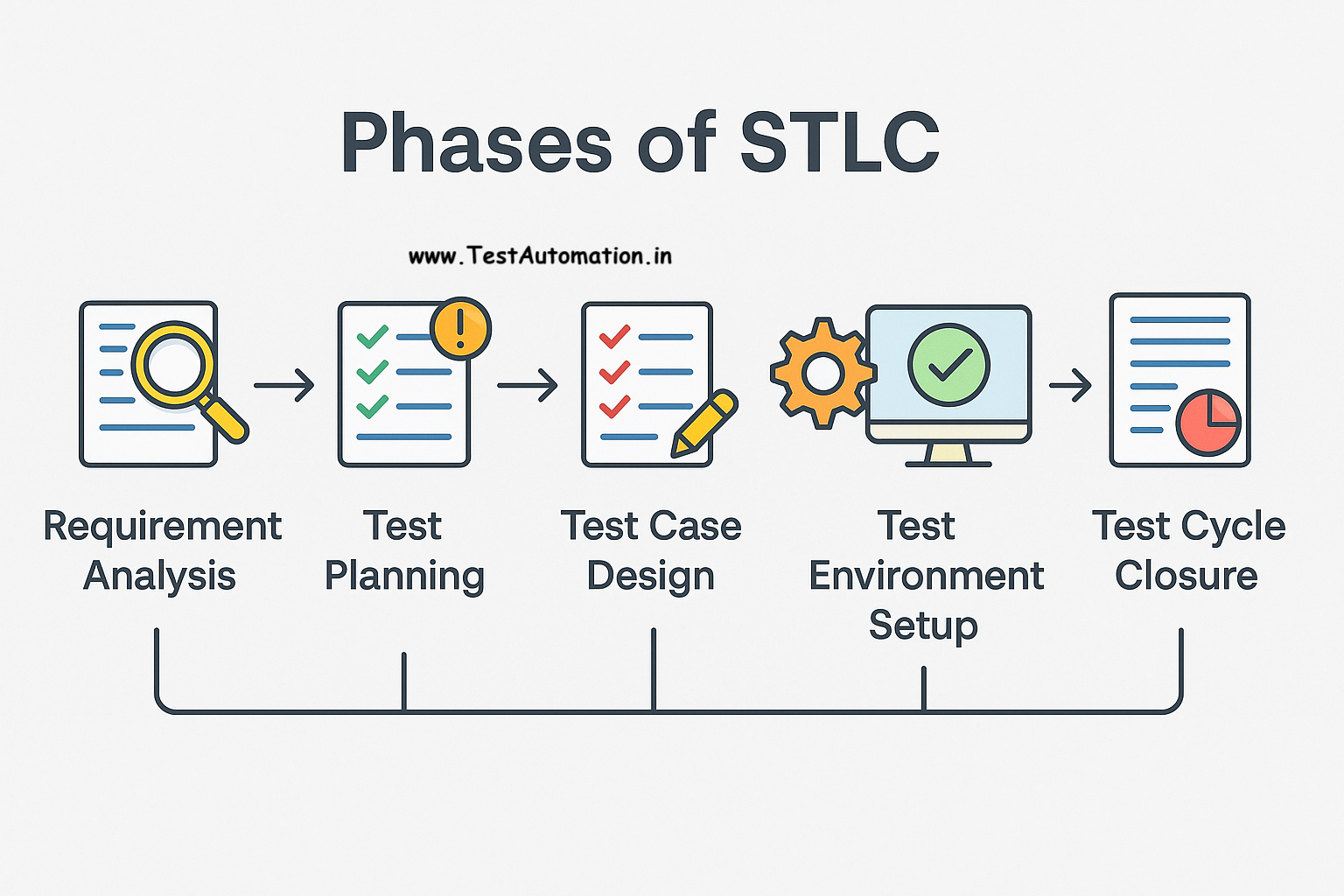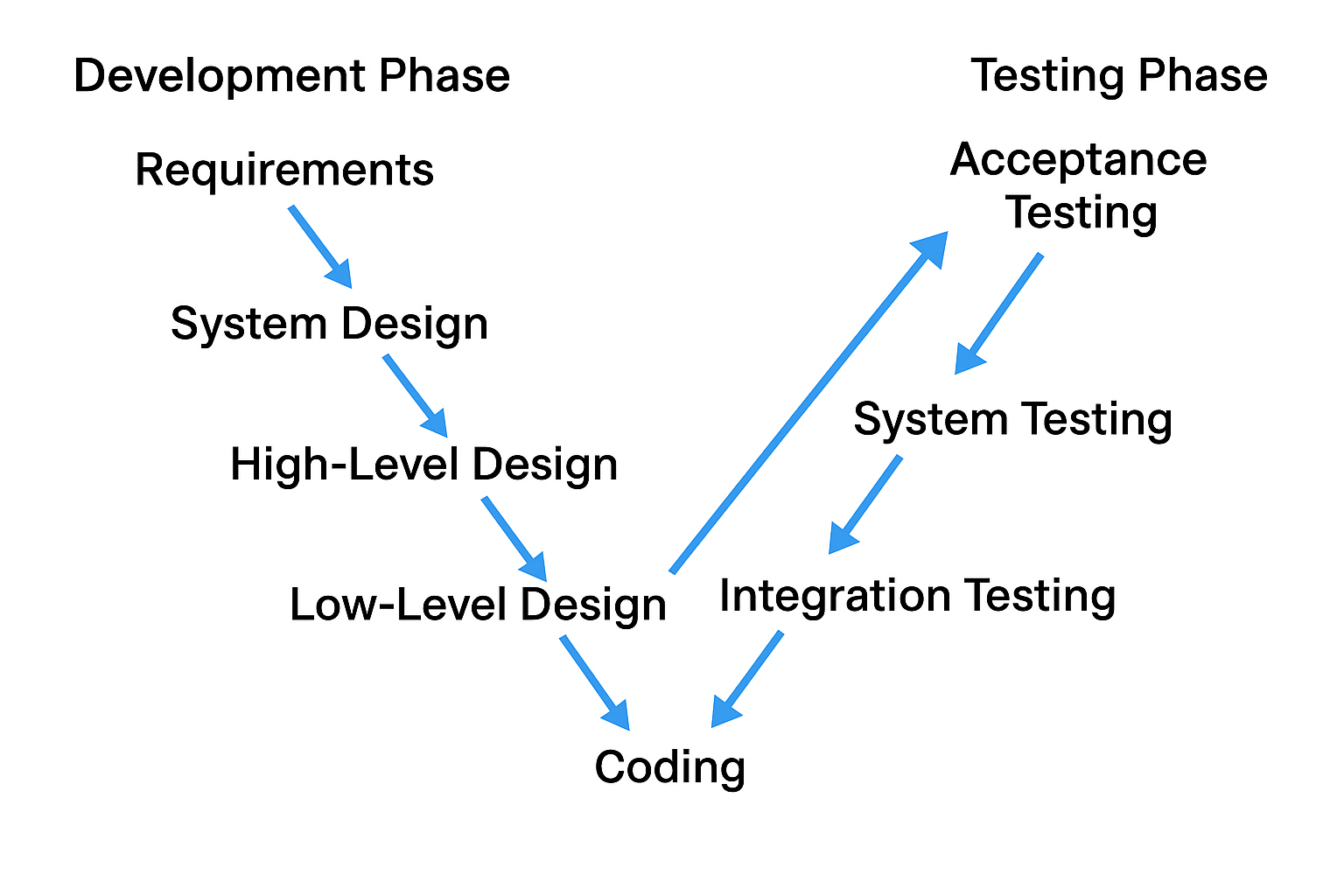
So today we are going to learn about Agile Methodology in Software testing. Let’s learn the definition of Agile
🔹What is Agile Testing
Agile testing is an approach in which testing is done continuously while software development is in progress. This means the development of software and testing of software run parallel. Now you may have question how both development and testing of software works together. For that you need to learn this chapter till the end.
What are the benefits of Agile Testing
-
Agile testing Detect problems early
-
Agile testing Build quality into the system from the beginning
-
Agile testing Foster teamwork between testers, developers, and product owners.
So now we will learn what agile testing workflow is.
🔹Agile Testing Workflow
-
Sprint Planning – Here the team gathers in a meeting and decides what tasks to complete from the backlog.
-
Requirement Understanding – On the basis of the task taken in the sprint, Testers study the user stories and expectations with the team and the product owner.
-
Test Preparation – Tester prepares test scenarios, test cases or outlines based on requirements.
-
Test Execution – Once development is done for task, then Testing is carried out as features are developed.
-
Bug Logging – Tester logs findings / Defects are reported right away.
-
Test Automation – Repetitive or routine tests are automated when possible.
-
Sprint Review / Retrospective – After sprint is delivered team gathers and discusses what went wrong and what went good and gather Feedback to improve future work.
🔹Responsibilities of a Tester in Agile
Testers in Agile are quality partners, not just bug hunters. They:
-
Join daily team discussions
-
Work closely with developers and business stakeholders
-
Create and perform manual, exploratory, and automated tests wherever required
-
Validate if the user stories meet expectations and identify bugs
-
Support quick and reliable software delivery
🔹 Types of Testing in Agile
-
Unit Testing – Done by coders to test small pieces of code. It allows finding a bugs at an early stage
-
Integration Testing – Here, software parts are integrated together and Checks how parts work together
-
System Testing – Here, all the necessary software componentsare integrated together, and end-to-end system testing is done to perform Full-scale application testing
-
Exploratory Testing – This is Unplanned, creative checking to find hidden issues
-
Regression Testing – After fixing any bug, regression testing is carried out to ensure older features still work and the new bug fix does not impact any other functionality.
-
Automated Testing – There is the possibility that a few tests need to be run frequently so those test cases can be automated for accuracy and speed, and to avoid repetitive efforts.
🔹 Agile Frameworks
Popular Agile methods include:
-
Scrum (widely used)
-
Kanban
-
Extreme Programming (XP)
🔹 Commonly Used Tools
-
JIRA – for tracking tasks and progress
-
Confluence – for writing and sharing documents
-
TestRail / Zephyr – for test planning and tracking
-
Selenium / Cypress – for test automation
-
Postman / REST Assured – for testing APIs
-
Jenkins – for automating build and deployment processes



